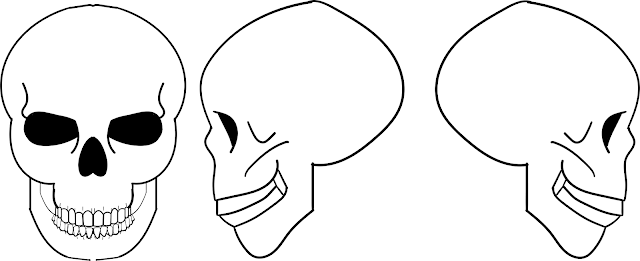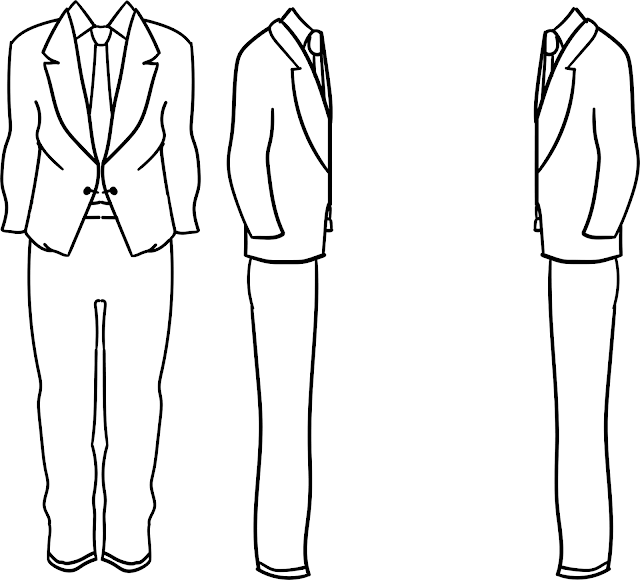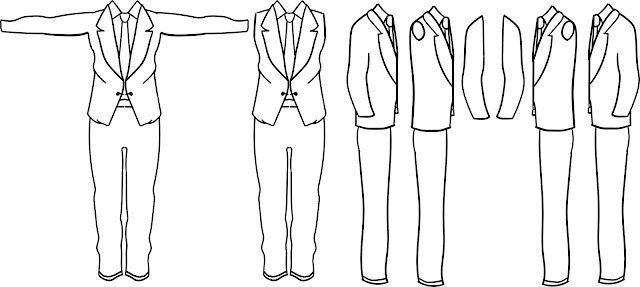 |
| Fig 1 - Movie Poster |
Spirited Away is possibly one of the best known Japanese animated films to grace our screens. It was written and directed by Hayao Miyazaki and produced by the world renowned studio, Studio Ghibli. This is one of their more well known films amongst others such as Castle in the Sky, My Neighbour Totoro, Howl’s Moving Castle.
Spirited Away is a story that begins with a young female star, Chihiro; a 10 year old girl, who is moving to a new home, possibly across the country, with her parents. On route, her father takes a short cut where they get very lost. They decide to explore the area before heading back and find themselves in what her father describes as an “abandoned theme park”. With some magic thrown in, Chihiro’s family are turned into pigs and Haku has to sneak her into the bathhouse.
 |
| Fig 2 - Chihiro running through a field of flowers |
Studio Ghibli has high standards and it's clear to see them when watching this film. If you ever have a chance, watch it more than once. When watching the 1st time around, take in the film’s beauty. Look at the locations that they have brought to life, how the ‘wind’ plays with the trees and the grass. Every frame was hand drawn with such skill and precision. If you watch it for a second, third or fourth time, look at the sheer attention to detail, how every location feels real, as though it's been taken from real life. How tempting the food looks, how the water ripples perfectly. The list could go on for ever but until you watch wide eyed and look for every detail, you will not be able to appreciate the true beauty of this film.
 |
| Fig 3 - Chihiro with Haku |
"Spirited Away" is surely one of the finest of all animated films, and it has its foundation in the traditional bedrock of animation, which is frame-by-frame drawing. Miyazaki began his career in that style, but he is a realist and has permitted the use of computers for some of the busywork. But he personally draws thousands of frames by hand. "We take handmade cell animation and digitize it in order to enrich the visual look," he told me in 2002, "but everything starts with the human hand drawing.” (Roger Ebert, 2012)
Many critics have penned that Chihiro or Sen as she is later referred to is a ‘sullen girl’. This is not necessarily true although at first she may seem a little timid and spoilt. As the movie progresses, she matures a lot for a 10 year old girl and truly fits the role of heroine for this story.
 |
| Fig 4 - Chihiro standing up to No Face |
Spirited Away is what could be considered as a true representation of its origin. Japan’s culture is centred around a lot of mythical aspects and folklore. The animation style is gorgeous and sets itself apart from its western counterparts. Its anime style combined with shape shifting and magical creatures sometimes seems confusing to westerners and gives life lessons where people would not expect. When Chihiro’s parents “eat so much they double or triple in size. They eat like pigs, and they become pigs.” (Ebert, 2012)
This film has its own charm and definitely differs from what we westerners have come to expect watching pieces from Disney and others. Things are much more complex and you can tell that Studio Ghibli has pushed for a truly stunning piece enriched with a staggering amount of detail that we are just not used to seeing. It was a highly successful film across Japan and both Walt Disney and DreamWorks bid for the US distribution rights. Eventually Disney won to dub the english version and under the guidance of Pixar’s John Lasseter, it was released to an English audience. Although it is reported that Disney did not advertise it well, some saying that it was marketed worse than their own B movies, it was still a resounding hit with westerners.
http://www.rogerebert.com/reviews/great-movie-spirited-away-2002






